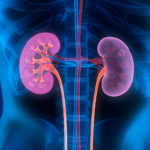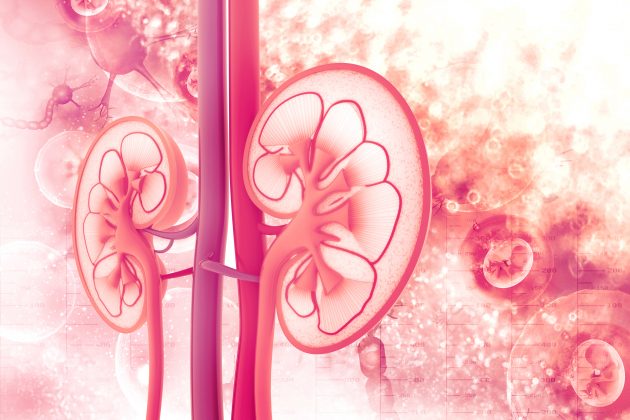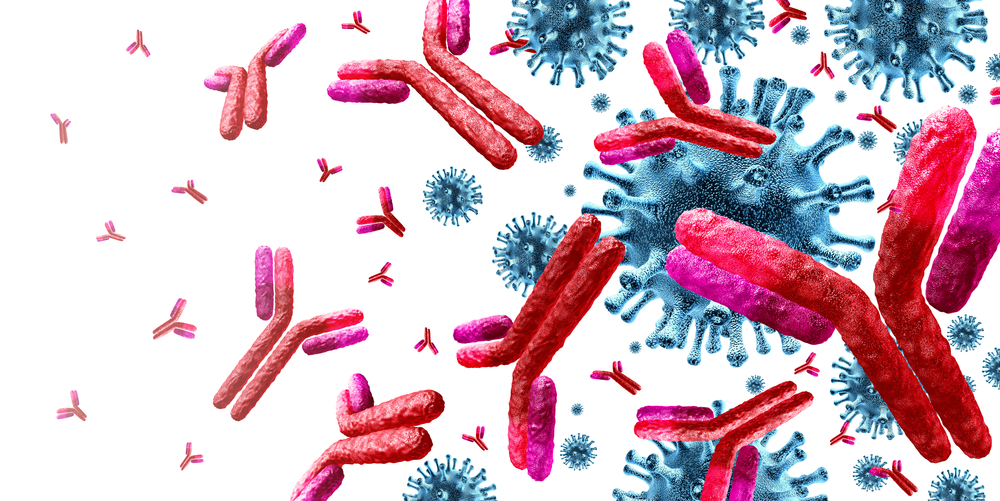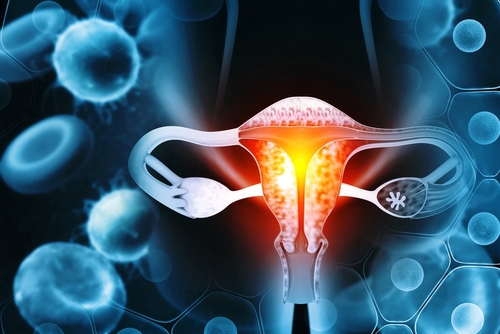
Kidney Week 2020
Anemia in patients with chronic kidney disease (CKD) is associated with erythropoietin deficiency and resistance, and a heightened inflammatory state. Treatment with erythropoiesis-stimulating agents (ESAs) or other therapies is often used to treat CKD-related anemia. Danielle Kacie Farrington, MD, and colleagues conducted an analysis to examine the burden of and factors associated with severe anemia, defined as hemoglobin <10 g/dL.
Results of the analysis were reported during a virtual poster session at ASN Kidney Week 2020. The poster was titled Prevalence of Anemia and Associated Erythropoiesis-Stimulating Agent Use in 5.9 Million Non-Dialysis CKD Patients.
The researchers utilized data from the OptumLabs® Data Warehouse containing de-identified claims and electronic health record data. The available data included complete blood count and serum creatinine levels measured within 30 days of each other in 2016. Patients requiring dialysis were excluded.
The analysis was designed to assess the association between low hemoglobin (Hb) categories (<9 g/dL, 9-10 g/dL, 10-11 g/dL) and age, sex, diabetes, history of cardiovascular disease, and categories of estimated glomerular filtration rate (eGFR) using polychotomous logistic regression to estimate adjusted relative risk ratios (RRR).
The analysis included data on 5,875,383 patients in 52 centers. Mean age was 56 years and 42% were male. The prevalence of Hb <10 g/dL in CKD stages G1-2, G3a, G3b, G4, and G5 was 2.0%, 4.2%, 9.2%, 20.3%, and 36.1%, respectively. There were strong associations between lower eGFR categories and increased risk of anemia; the associations remained after adjustment for female sex (RRR 2.6-3.9), diabetes (RRR 1.4-1.8), history of cardiovascular disease (RRR 1.7-1.9), and age (RRR 2.2-2.4 for age ≥75 years).
In CKD stages G3a, G3b, G4, and G5, the frequency of ESA use in patients with Hb <10 g/dL was 0.24%, 0.41%, 0.96%, and 1.0%, respectively.
In conclusion, the researchers said, “Severe anemia was common and strongly associated with low eGFR, female sex, older age, diabetes, and history of cardiovascular disease in a wide range of healthcare systems. ESA use in non-dialysis CKD patients was very uncommon.”
Source: Farrington DK, Sang Y, Grams M, et al. Prevalence of anemia and associated erythropoiesis-stimulating agent use in 5.9 millions non-dialysis CKD patients. Abstract of a poster at the American Society of Nephrology virtual Kidney Week 2020 (Abstract PO0279), October 22, 2020.
Credit: Original article published here.








